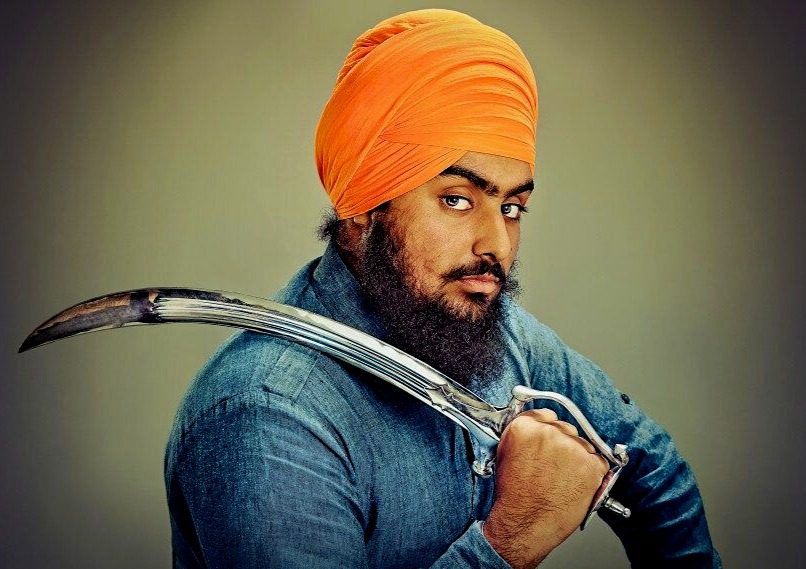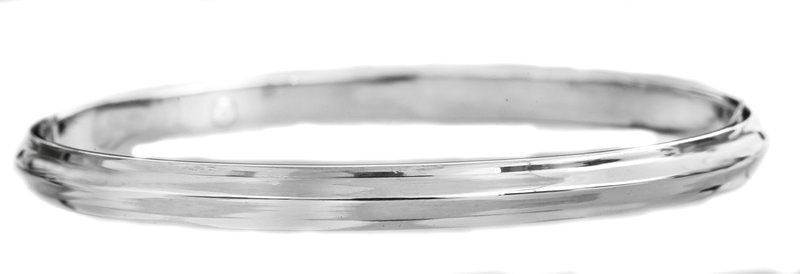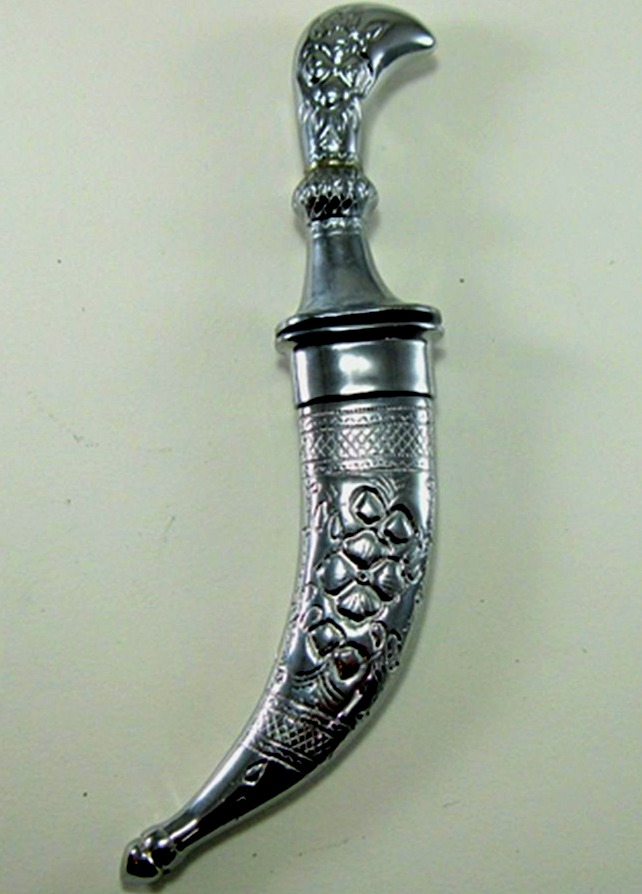
Sikhism is a major religion in India. With its third most populated crowd, it becomes important to understand its principles and significance. The five consecrated Sikh images endorsed by Guru Gobind Singh are usually known as Panj Kakars or the ‘Five Ks’ since they start with letter K speaking to Kakka in the Punjabi language.
They are:
Kesh or unshorn hair viewed as an image of righteousness. Because it pursues the presence of Guru Gobind Singh, organizer of the Khalsa.
Long unshorn hair. Sikhs. Long hair has for quite some time been a typical component of numerous otherworldly prophets of different religions, for example, Jesus, Moses, and Buddha
“speak to the sacredness of the human body”. The keeping of unshorn hair speaks to the Sikh faith in the tolerant of God’s will. The unshorn hair is to be secured consistently by the dastar (turban) as an indication of regard for God, and furthermore as an indication of acknowledgment of the confidence in the balance of people.

Sikhism lectures that the main explanation one should cover one’s head is keeping in mind God. Since people are equivalent, the two people must cover their heads, and since God is all over, they should do as such consistently. The turban additionally fills in as an outward type of acknowledgment of Sikh people.
From your head down to your toes, all hair is to be kept unblemished.
ਇਹੈ ਮੋਰ ਆਗਿਆ ਸੁਨਹੁ ਹੇ ਪਿਆਰੇ ॥
ਬਿਨਾ ਸ਼ਸਤਰ ਕੇਸੰ ਦਿਵੋਂ ਨ ਦਿਦਾਰੇ ॥
“Tune in to this order gracious dearest, this is the fundamental pre-essential to accomplish my darshan. Without arms and kesh, I won’t give you darshan.”
Since God additionally uncovered himself as Kesdhari (when God gave Darshan/uncovered himself to Sahib Sri Guru Nanak Dev Ji he did as such as a human with his hair flawless), as does the accompanying line describe:
Kangha or the brush is important to keep the hair spotless and clean. It symbolizes the significance of caring for the body which God has made.

A Sikh must brush his hair two times per day and tie his turban conveniently. Because the Gurus wore turbans and told the Sikhs to wear turbans for the assurance of the hair, and advancement of social character and union. It has along these lines turned into a basic piece of the Sikh dress. An image of cleanliness and control rather than the tangled unkempt hair of religious zealots. A Khalsa is relied upon to consistently wash and brush their hair as an issue of self-restraint.
This is to be worn in the hair consistently, and is utilized for brushing of one’s hair: “it speaks to cleanliness [.] freeing oneself of pollutions and what is ethically unwanted”. Accordingly, the kanga strengthens the conviction that one would keep up the tidiness of the soul, psyche, and body.
ਹੋਇ ਸਿੱਖ ਸਿਰ ਟੋਪੀ ਧਰੈ ॥
ਸਾਤ ਜਨਮ ਕੁਸ਼ਟੀ ਹੋਇ ਮਰੈ ॥
“Being a Sikh he/she who wears a cap they will go into seven unhealthy lifeforms.”(Rehatnama Bhai Prahlad Singh Ji)
Kara or the steel wrist trinket symbolizes control from detestable deeds. The Kara is made of steel, instead of gold or silver, since it’s anything but decoration.

.It is worn on the correct wrist and helps the Sikh to remember the promises taken by him, that is, he is a hireling of the Guru and ought to do nothing which may bring disgrace or disfavor. At the point when he takes a gander at the Kara, he is made to reconsider before doing anything insidious with his hands.
The roundabout structure of the kara implies because of the unity and forever of God and “the image of flawlessness
The Kara must be of Sarab Loh (unadulterated iron). The Khalsa isn’t to wear a kara that is made of gold, silver, metal, copper or one that has grooves in it.
Just the Sarab Loh Kara is satisfactory to Guru Ji. The Kara is a cuff set by the Guru upon the person to help us to remember our obligation to God, preventing us from submitting sins.
As indicated by logical research, Kara adds to the iron levels in the body by scouring on the skin. The Kara instructs us that these arms have a place with Sahib Sri Guru Gobind Singh Ji – with which we are not to take, con, submit fraud, mistreat, menace, abuse, sin or murder.
Kachh or the fighter’s shorts must be worn at all times. It’s an image of virtuousness. It helps the Sikh to remember the requirement for self-control over interests and wants. Aside from its ethical importance, it guarantees energy during activity and opportunity of development consistently. It is a savvy dress when contrasted with the free dhoti which most Indian wore around then An image connoting poise and celibacy
Taking after fighter shorts they are intended for solace and opportunity of development: “.an image of limitation of enthusiasm, of purity, and a steady token of the disallowance of infidelity, both in yearning and in the deed”.
ਸੀਲ ਜਤ ਕੀ ਕਛ ਪਹਿਰਿ ਪਕੜਿਓ ਹਥਿਆਰਾ ॥
The Kashera is the indication of sexual limitation because the Kashera and Kirpan are never to be isolated from the body.
This article of confidence most intently takes after a sword in a metal sheath and enclosed by a texture holster. The word Kirpan itself signifies because of “benevolence, effortlessness, or charitableness”.

The Kirpan is frequently worn near the skin of the body, underneath garments, and is kept set up by a lash around the shoulder and middle, connected set up by the texture holster. “While the Kirpan emerged of a specific culture and had, at once, the capacity of a sword, it quite a while in the past lost this angle, and has turned out to be totally spiritualized.
It currently talks about law and profound quality, equity and request, and has turned into an instrument of the Divine itself’. It speaks to otherworldly power and is never to use as a weapon. By wearing it on one’s individual, it is to remind the wearer to consistently face treachery.
ਕ੍ਰਿਪਾਣ ਪਾਣ ਧਾਰੀਯੰ ॥ ਕਰੋਰ ਪਾਪ ਟਾਰੀਯੰ ॥
The Kirpan is there to ensure poor people and for self-preservation. With tolerance and leniency, the Kirpan is to use as a sword so as to wreck mistreatment. The Kirpan is to consistently be in a gatra. Kirpan shields us from covered up and seen foes. The Kirpan is a weapon to ensure the entire body, as a base it ought to be nine crawls long.
The Sikhs use the Kirpan for two things. Right off the bat, to give Guru Ji’s favoring to crisply arranged Karah Prasad or for langar. Furthermore, so as to decimate dictators and oppressors. It shouldn’t be of any other use.
Consult the best Astrologer of India today and get solutions to your problems.
5,851
5,851




Choose your and your partner's zodiac sign to check compatibility